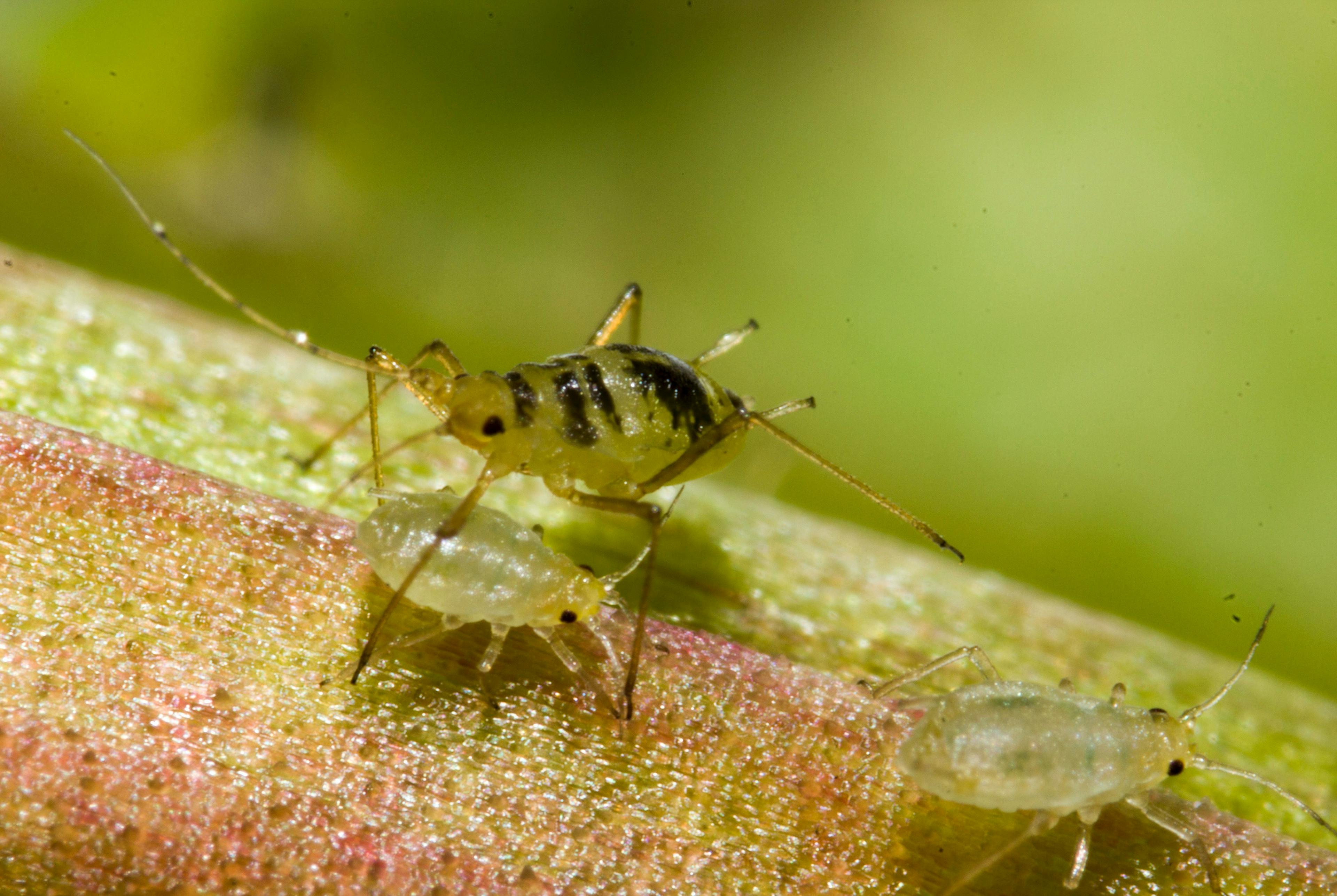
Resistance Evolution
Understanding the Evolution and Implications of the Increasing Insecticide Resistance in Pest Insects.
What Is Insecticide Resistance?
Insecticide resistance is the evolutionary adaptation of certain insect populations, enabling them to tolerate insecticides that were previously effective in controlling them.
How Pests Develop Resistance
Resistance occurs when pest populations are exposed repeatedly to lethal doses of pesticides.
In any given population of insects, a range of genetic variation occurs. In susceptible populations, most individuals will die following pesticide exposure. However, a few rare individuals may contain genetic variations that allows them to survive the exposure. Over time, with repeated exposure to insecticides the susceptible individuals are eliminated and the resistant ones become the dominant group.
Understanding the Drivers of Insecticide Resistance
The increased resistance of pests to pesticides in Australian grain regions is mainly caused by relying too much on a small number of chemicals, with the majority of pesticides used belonging to just four active ingredients: carbamates, organophosphates, pyrethroids and neonicotinoids.
Additionally, farmers often use inexpensive sprays as a precautionary measure. This may prevent pests from causing immediate damage, however this frequent use of pesticides is also contributing to the development of resistance in pests, making it harder to control them in the long run.
Pests Are Developing Resistance Faster than We're Coming up with New Pesticides.
In recent years, the costs of developing new pesticides have skyrocketed, while the success rate of bringing them to market has dwindled. This trend has led to a scarcity of new chemical options, forcing us to rely more heavily on existing ones, thereby heightening the risk of resistance evolution.
Moreover, as regulatory authorities withdraw certain older insecticide groups, and with the likelihood of more to follow, reliance on the remaining chemistries intensifies.
The Number of Insect Species with Resistance is Rising.
Since the first documented case of insecticide resistance in the 1900s, there have been over 500 documented cases of arthropod pest species evolving resistance globally.

Several important invertebrate pests of grain crops have evolved pesticide resistance in Australia. These include cotton bollworm (Helicoverpa armigera), diamondback moth (Plutella xylostella), green peach aphid (Myzus persicae) and redlegged earthmite (Halotydeus destructor). Most of these species have evolved resistance to multiple chemical classes both in Australia and overseas.
A Glimpse into Economic Consequences
In a 2015 study conducted by CSIRO, it was projected that if green peach aphid populations developed dual imidacloprid/sulfoxaflor-resistance, it could potentially result in an economic impact exceeding $500 million. This estimation took into account the added expenses associated with increased pest management efforts in canola crops and the substantial losses in crop yields caused by the resistant pests.
Pests can Evolve Resistance in Multiple Ways
There are 4 major types of insecticide resistance that exist
- target-site
- metabolic
- penetration
- behavioural
Target-site resistance
Target-site resistance occurs due to a genetic mutation that alters the insecticidal site of action within the insect. These genetic mutations alter the structure or function of the target site, which stops the chemical effectively binding. This mechanism can drastically reduce the efficacy of the chemical and provides a high level of resistance in the aphid.
Metabolic resistance
Insects possess a range of genes that are involved in the metabolism and detoxification of foreign compounds, including insecticides. Metabolic resistance is caused by an overproduction or increased activity of these detoxifying genes. This allows the insect to break down the toxin faster and survive higher doses. This type of resistance can be challenging to manage as it can confer cross-resistance to multiple insecticides that are metabolized by the same genes.
Penetration resistance
Penetration resistance primarily affects the ability of insecticides to penetrate the insect's cuticle, which is the outer protective layer of their exoskeleton. Insects with penetration resistance have modifications in the composition or structure of their exoskeleton, making it less permeable to insecticides.
Behavioural Resistance
Behavioral insecticide resistance refers to the phenomenon where insects modify their behaviour, such as feeding habits, movement patterns, or habitat selection, to minimize contact with insecticides. Unlike a learned aversion, behavioral resistance is attributed to heritable genetic changes. For instance, alterations in the taste receptors of cockroaches have led to behavioral resistance in this species.